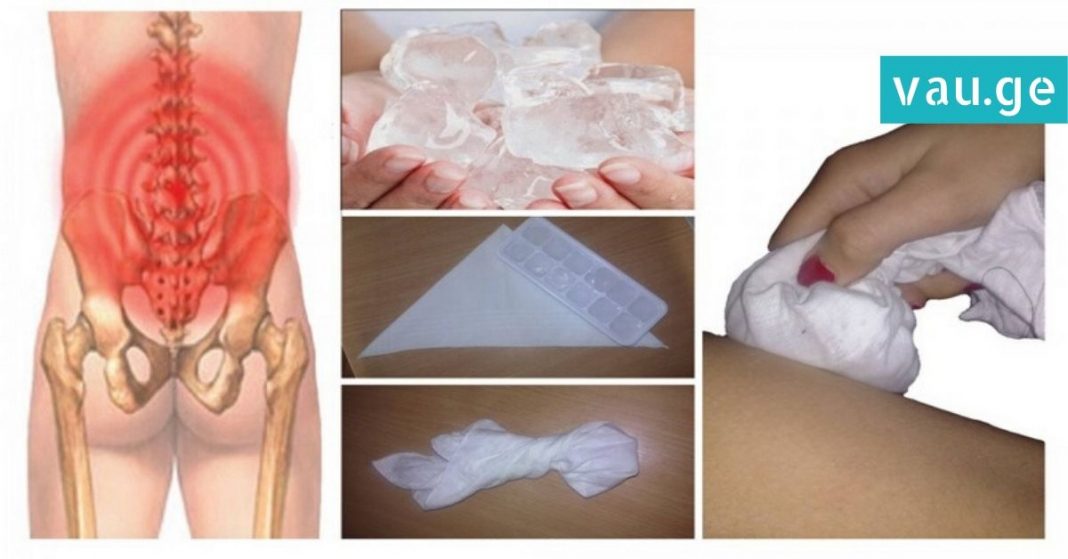Ice massage is one of the most effective and well-known remedies for relieving lower back pain. Many people experience sudden pain in their lower back after making a quick, abrupt movement, lifting heavy objects, or engaging in intense physical activity. In such cases, applying ice can provide significant relief and help reduce inflammation.
When your lower back starts to ache, it’s important to act quickly, and ice is especially effective within the first 48 hours of pain onset. Using ice properly can help decrease swelling, numb the sore area, and slow down the nerve impulses that cause pain, providing you with soothing relief. But how exactly should you apply ice to your lower back to maximize these benefits?
How to Use Ice for Lower Back Pain
The best way to use ice is to take a few ice cubes and wrap them in a cloth or towel—never apply ice directly to your skin. Then, gently massage the painful area with the wrapped ice. This helps cool the muscles and reduce inflammation. It’s crucial to limit this ice massage to only about five minutes per session to avoid damaging the skin.
Using ice more frequently or for too long can cause harm instead of help. Avoid placing ice directly on your spine or bones because this can negatively affect the spinal area. Also, be careful not to use more than two ice packs at the same time, as excessive cold can injure the delicate capillaries beneath the skin, leading to skin damage and worsening your condition.
Why Is Timing Important?
The first 48 hours after the onset of pain or injury are the most critical for using ice therapy. During this period, inflammation and swelling are at their peak, and cooling the area can reduce these symptoms effectively. After 48 hours, heat therapy might be more appropriate to relax tense muscles and improve blood flow.
Additional Tips for Using Ice Therapy
When applying ice to your lower back, always make sure to keep the ice wrapped in a protective cloth or towel. Direct contact with ice can cause frostbite or skin irritation. Use gentle circular motions to massage the area, which helps improve circulation without overstimulating the tissues.
If you feel any numbness, tingling, or skin irritation during or after ice application, stop immediately. You can repeat ice treatments every two to three hours, but only for a few minutes each time. Remember that moderation is key, and combining ice therapy with rest and gentle stretching can help speed up your recovery.
When to See a Doctor
If your lower back pain persists beyond a few days, worsens, or is accompanied by other symptoms like numbness, weakness, or severe discomfort, it’s important to seek medical advice. Ice therapy is a helpful home remedy for minor aches and strains, but it cannot replace professional diagnosis and treatment for serious conditions.


















